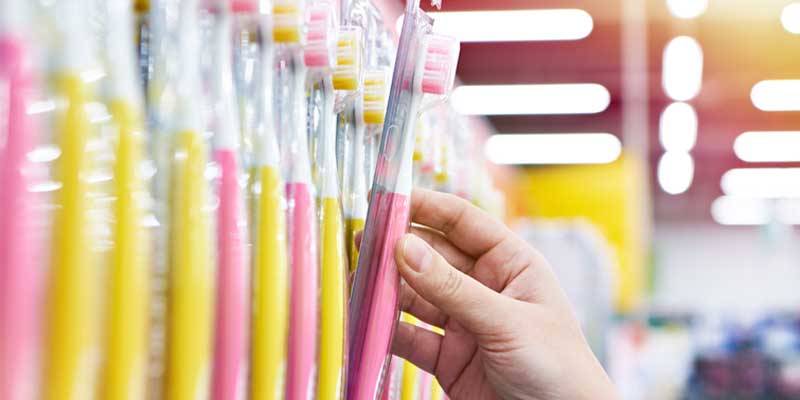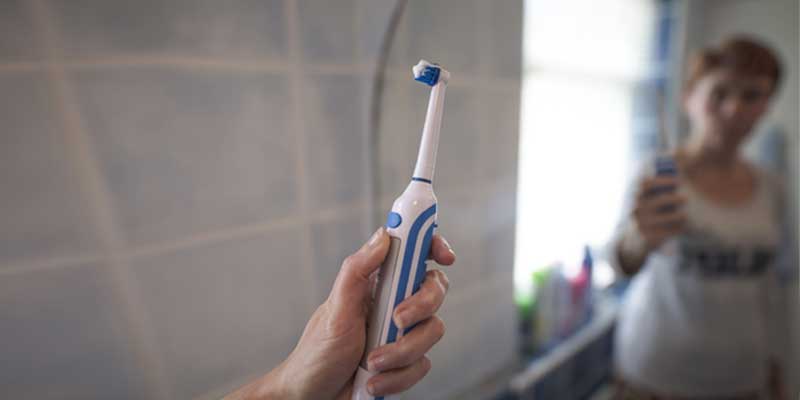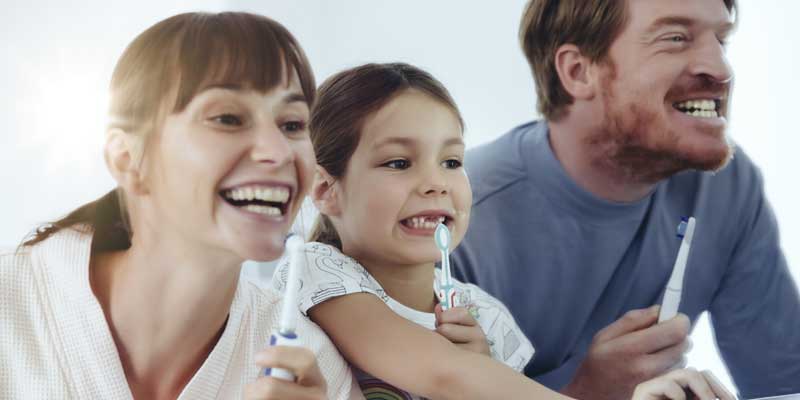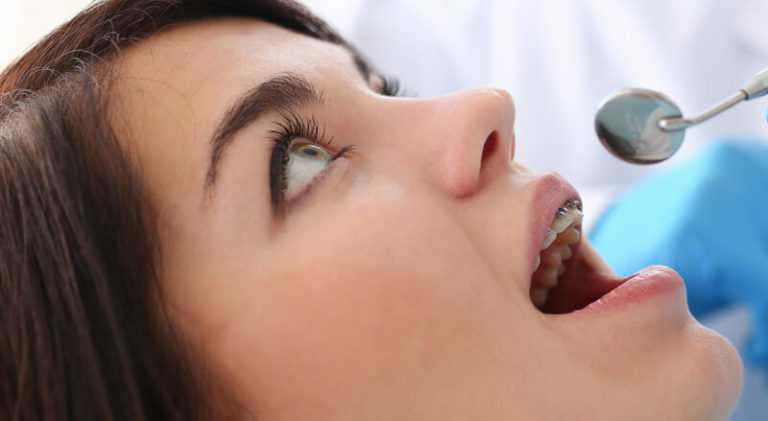Wondering if it’s time to replace your toothbrush? Check out our guide for insightful tips to help you decipher the toothbrush timeline.
If you have been thinking about swapping your toothbrush, it is not about how long you have used it. Needing to change your toothbrush is about the condition of its bristles.
Most manufacturers suggest replacing your toothbrush every 12 to 16 weeks. But that is not always the case as some types need replacement sooner.
Why Should You Swap Your Toothbrush Often?
Your toothbrush is the first defense against dental bacteria. Thus, you should ensure that it is in tip top shape to get rid of plague.
The bristles of your toothbrush should always be in a firm state. Otherwise, they will be prone to fungal and bacterial growth.
Worn-out bristles put you at risk of bleeding gums. Furthermore, you will be more susceptible to oral problems such as halitosis.

Worn Out Bristles Can’t Clean
The main purpose of a toothbrush is to get rid of food particles, bacteria, and plaque. And worn bristles cannot do the job.
Overtime used bristles become spiky and rigid. As you brush, they tend to bend away from the teeth. Ultimately this prevents them from reaching the critical areas of the teeth and gums.
Worn Bristles Harm Gums
Old and overused bristles may harm your mouth. They can scratch gum tissue and tooth enamel. In the long run, you could suffer irreversible gum and tooth damage.
Worn Bristles Trap Bacteria and Fungus
Regardless of how well you store your toothbrush, it is prone to fungal buildup. Your toothbrush comes into contact with germs in the room.
With time, the organisms growing on your toothbrush become infectious. The longer you use the toothbrush, the more the bacteria buildup.

How Often Should You Replace Your Toothbrush?
Dental experts recommend that you should swap your toothbrush every three months. These guidelines are for individuals who brush their teeth for two minutes, twice a day.
If bristles change shape or start falling out, change your toothbrush immediately. It cannot perform its duties when ill equipped. Frayed or missing bristles cannot reach the crucial areas between the teeth and gums.
If you brush your teeth more than twice a day, consider changing your toothbrush more often. The added use is likely to make bristles deteriorate faster.
Other times to consider changing your toothbrush are after being sick or if it was used by someone else. The likelihood of added bacteria on your toothbrush after these occasions increases.
Manual Toothbrush
Manual toothbrushes are the standard for many individuals. Users find them easy to carry around, thanks to their compact design.
Manual toothbrushes don’t need batteries or electricity to function, thus they are minimal hassle. They are also very affordable.
The best thing about manual toothbrushes is the availability of different bristle designs. The curves and variations in heights can offer contours best suited for your mouth.
Of course, you can also choose the ideal stiffness of the bristles, ranging from soft to hard. The most recommended being the soft-bristled.
Based on their convenience and ease of use, manual toothbrushes tend to wear fast. The more you use the brush, the more you should be willing to change it.

Electric Toothbrushes
Electric toothbrushes are more effective for plaque removal. Even better, they are more suitable for children, the elderly, and individuals with disabilities. If you have braces, implants, or bridges, you will enjoy using this type of toothbrush more than the manual.
Nonetheless, traveling with an electric toothbrush can be cumbersome. They are bulky, and you must be traveling to a place with electrical outlets to use the brush.
Electric toothbrushes mostly feature nylon bristles which are much shorter than those on manual toothbrushes. What’s more? They are subject to vibration and quick spinning motions. The cleaning mechanism makes the toothbrush heads wear out faster. The recommended usage period is 12 weeks.

How Often Should You Change Children’s Toothbrushes?
Children’s toothbrushes should be replaced more often than adults. Kids haven’t mastered the basics of proper brushing which causes their toothbrushes to wear out more quickly.
In addition, kids are less likely to rinse their toothbrushes thoroughly after use. This makes the bristles more prone to fungal buildup.
Save your kid from infections by changing their toothbrushes every few weeks.
Additional Toothbrush Care Tips
Part of proper dental care is having a toothbrush that can handle the job. Changing the brush is not good enough. You must follow the right tips to keep it away from germs and contaminants.
To maximize the lifespan of the bristles on your toothbrush, try following these care tips:
Thorough Cleaning
You should clean and rinse your toothbrush after each use. Do this under tap water. The goal is to remove toothpaste residuals and saliva that may harbor germs and bacteria.
Proper Storage
Store your toothbrush in an enclosed case to keep dirt and bacteria away. If you must keep your toothbrush in an open space, make sure it is clean, and don’t forget to rinse it before use.
Air Dry Before Storage
Let your toothbrush air dry before storage to keep mold growth at bay. If you store your toothbrush in a place that holds moisture you may be brushing your teeth with bacteria.
Your toothbrush is in your mouth multiple times a day. Failure to care for it endangers your dental and overall health.
For more oral healthcare tips, please visit Hamburg Dental Care in Hamburg, New Jersey. Our office is dedicated to family dentistry and preventive dental care.
Each member of our highly skilled staff is here to provide the comprehensive and affordable dental care you deserve. For more information on our services, please contact us today.




